Review: 2014 Husqvarna Models
Fittingly, the international launch for Husqvarna’s rebirthed and expanded model-range was held in the brand’s spiritual homeland: Sweden. Transmoto’s Andy Wigan checks in from a wet northern hemisphere with these insights into the new-generation machines.
Identity Crisis?
It didn’t take long for the sceptics to unleash on social media networks, derisively referring to the 2014 Husqvarnas as “rebadged Husabergs” and “blue and white KTMs”. And in a broad sense, they were right. But why was anyone surprised? Right from the get-go, Husqvarna’s new-era intentions were made clear: that the reunification of the two Swedish-born brands would “combine Husqvarna’s 110-year heritage with Husaberg’s state-of-the-art technology” – which is code for, “Initially, we’re going to put Husqvarna logos on Husaberg/KTM machines”, isn’t it? The new-look company was well aware that, with only six months between its acquisition and the October unveiling of their 2014 bikes, there’d be no time to introduce new technology. In fact, there wasn’t even time to differentiate their enduro and motocross machines. Yep, unlike KTM’s range, Husqvarna’s TE/FE enduro models are hard to distinguish from the TC/FC motocross models because they all run the same bodywork, linkage, graphics and rims.
Of course, the Husqvarna guys were well aware they’d come under fire for what could easily be construed as a rebranding exercise. After all, many of them went through exactly that 12 months ago, when the ‘all-new’ 2013 Husabergs were released with KTM engines and frames. But there’s one key difference this time around: Husaberg is KTM’s wholly owned subsidiary, whereas the newly formed Husqvarna is a “sister company” to KTM. So, while it’s true that both brands roll off the same production line in Austria, this corporate separation underlines Husqvarna’s intention to forge its own identity in the coming years. Husqvarna personnel speak about taking advantage of the “synergies with KTM”, and of pursuing their own R&D. That’s very different to last year when, as Husaberg employees, they spoke of sharing a “common technological platform” with KTM. And when the new Husky people refer to the BMW-owned, Italian-based company, they call it “the old Husqvarna” whose bikes and technology have no part in the new Husqvarna’s future.
The Major Differences
To the naked eye, the most obvious components that set the new-look Husqvarnas apart from the Husabergs are their white frames, black rims, predominantly white plastics, bronze-coloured engine covers and bright yellow rocker covers. Plus a rising-rate shock linkage and new shock absorber (and modified swingarm to suit) are fitted in place of the no-linkage PDS system that Husaberg’s “pure enduro” range used. Compared with their KTM counterparts, Husqvarna’s enduro models all run an up-specced 4CS WP fork and triple clamps, reinforced plastic subframe, different bodywork and instrumentation, and Michelin tyres (KTM’s EXC range runs Maxxis). Husqvarna’s motocross models are essentially KTMs, but with their own bodywork, polyamide subframe and Dunlop MX51 hoops.
The Power
Given that the entire Husqvarna range uses the same engines (including identical airbox, inlet tract and mapping/jetting) as their KTM equivalents, there are no surprises when it comes to power delivery from either enduro or motocross bikes. We’ll go into more detail about each model’s personality in the feature article in Transmoto’s December issue, but suffice to say that there’s not a weak specimen among the 13-bike line-up. In fact, several powerplants deliver class-leading performance, rideability and reliability. And the revised jetting on the two-strokes seems to have given them noticeably more torque.
The Feel
With the same rolling chassis, footpegs, handlebars, clutch, brakes and switchblocks, it’s little wonder the cockpit of the new-generation Husqvarnas feels very similar to the Husabergs whose identity they ‘stole’. Same goes for the motocross bikes, relative to their KTM counterparts. Out on the trail, however, Husqvarna’s enduro models have a significantly different feel. The revised settings in the 4CS fork create a firmer ride, much like the front-end on KTM’s up-specced Six-Days special models. The new Huskys’ 4CS fork sits up better in its stroke and has more bottoming resistance, but it remains plush and deflection-free over small bumps. The rear-end of the enduro machines also has a different feel. Compared with their no-linkage, PDS-equipped Husaberg forebears, Husqvarna’s TE and FE models are a little plusher in the first part of the stroke, but retain a very progressive action. The rear-ends squat a little more than the PDS system under acceleration (meaning you can afford to stay forward in the cockpit and still get good traction). The linkage also seems to keep the rear-end more planted and stable through a series of choppy braking bumps, and reduces the chain slap so that a no-linkage set-up often produces.
So, not only does the shock linkage clearly differentiate the Husqvarnas from KTM/Husaberg’s enduro models; it’s also likely to attract Japanese enduro bike owners who like to think dirt bikes need a linkage to handle properly.
Timing & Pricing
Dealers throughout Europe should see the new bikes in mid-November, while Aussie dealers are expecting to receive them some time in January. There was very little talk about the pricing structure for the new Huskys at the launch, but seeing as they’re being positioned as premium machines, we’d expect them to be some $300-$500 pricier than KTM equivalents. Why not a larger premium? Two reasons: 1) because the similarly-specced 2013 Husabergs were only $200-$300 more expensive than the KTM counterparts last year, and 2) because these models are ‘late’ arriving and need to be competitively priced against not only the 2014 KTMs, but also against the limited run of 2014-model Husabergs and (old) Husqvarnas that are already on dealer floors in Oz.
Size Of The Prize
It’s fair to say that there’s a real sense of purpose about the new-look Husqvarna. Staffers have a spring in their step. They constantly refer to the brand’s illustrious heritage; that Husqvarna was a pioneer of motocross back in the 1950s and ’60s; that this launch marks the birth of an exciting new chapter for the brand; and that they are deadly serious about earning themselves a bigger slice of market share – preferably at the expense of the Japanese brands. But what sort of numbers are the new Husqvarna HQ talking? They believe they can sell in the vicinity of 11,500 units worldwide in 2014, and have set themselves a target of 20,000 in the near future (with a 50/50 split between enduro and MX models). To put that in perspective, the best numbers that Husaberg ever did was 7000 units a year (in 2013). The former Husqvarna has been selling around 9000 units worldwide in recent years. And KTM now sells about 60,000 off-road units per year (43,000 enduro models and 17,000 MXers). Given that the rebirthed Husqvarna is very much a specialist player (offering off-road models only), it confirms that their targets are ambitious, and that they’re here to have a serious crack.
Racing Plans
Because Husqvarna’s distribution arrangement is yet to be confirmed for Australia, we’re yet to get any insight into the brand’s racing intentions in Oz for next season. In Europe, however, Husqvarna is full steam ahead. They’ve already announced their EWC and MX GP teams and rider line-ups (which includes Australia’s Todd Waters in the premier MX1 class), as well as their involvement in the recently-formed European MX Championship for 300cc two-strokes. But it won’t be until (at least) 2015 that we’ll see a factory-supported Husqvarna team in America’s AMA MX or SX series. Why? Because homologation rules dictate that Husqvarna must first sell 400 units of a model before it’s eligible to race Stateside. That ought quash all those “Chad Reed to Husqvarna for 2014” rumours once and for all. Also, Husqvarna won’t have a factory-backed Dakar Rally team for 2014. Which is a pity really, given the inroads the Monster-backed team has made on the dominant KTMs in the past couple of years.
Wanna Know More?
Be sure to check out the December issue of Transmoto Dirt Bike Magazine (on sale November 7) for a full ride impression on Husqvarna’s 2014 TC/FC and TE/FE models, plus interviews with Husqvarna’s new General Manager and Product Manager.
—
For an insights piece published prior to the international launch of the 2014 Husqvarna model-range in Sweden, click here.
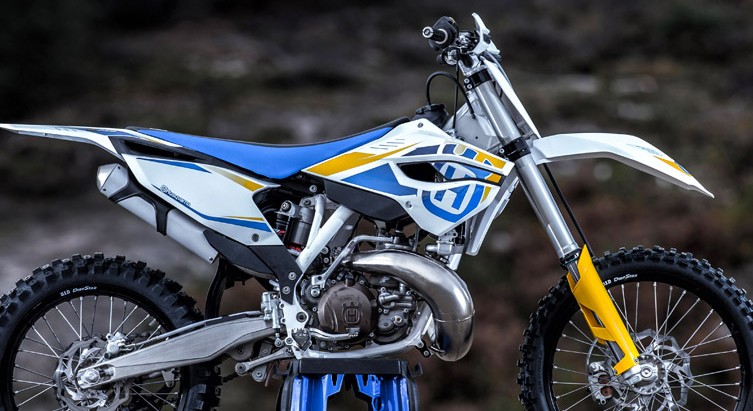
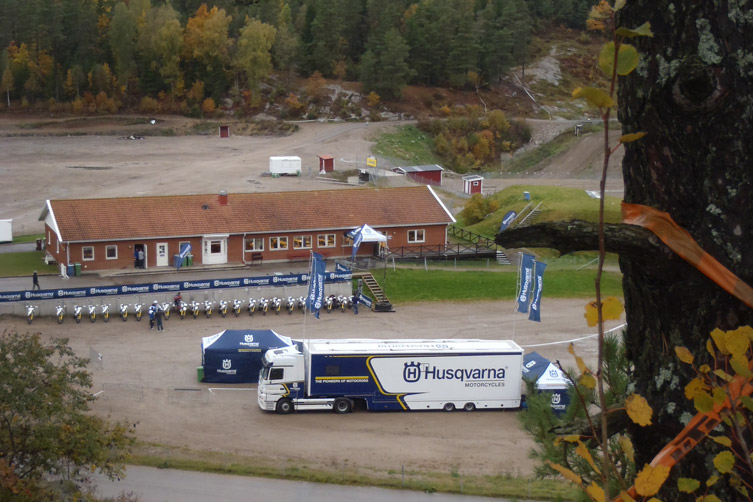
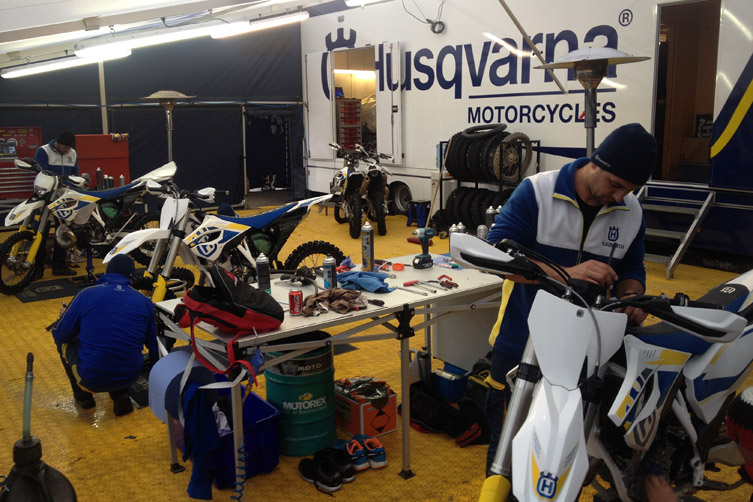
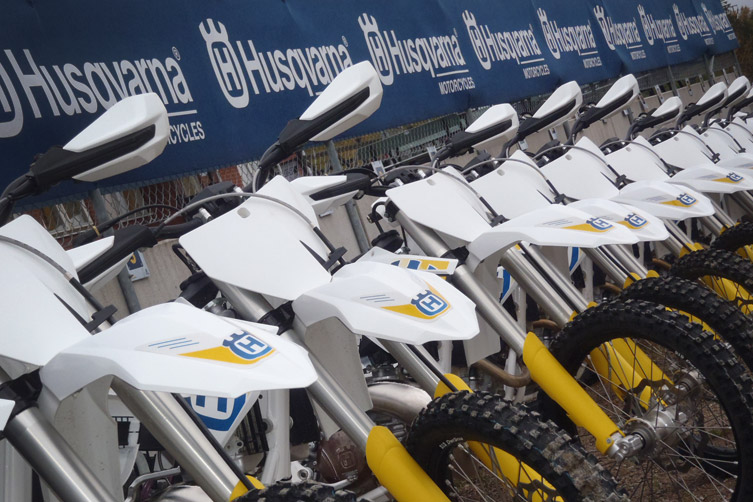
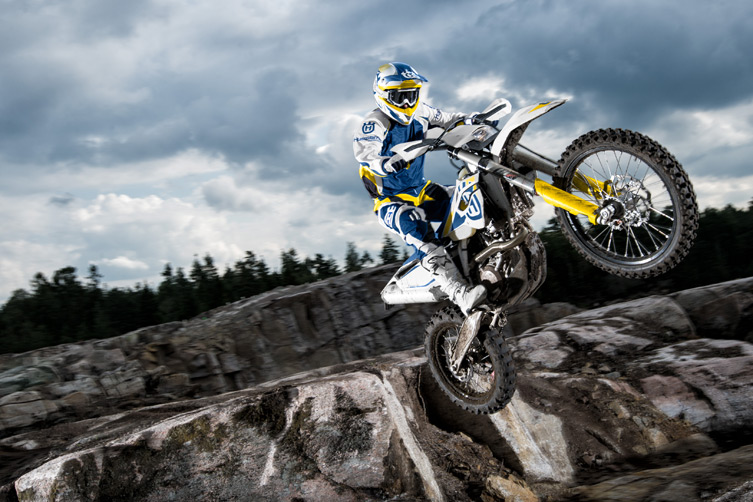
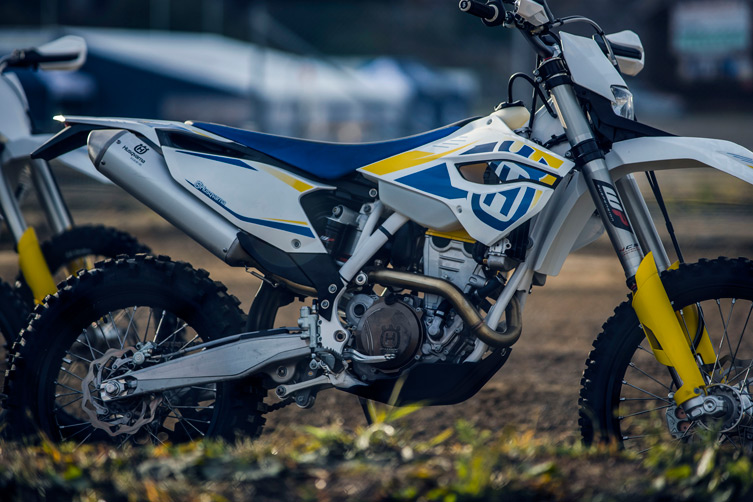
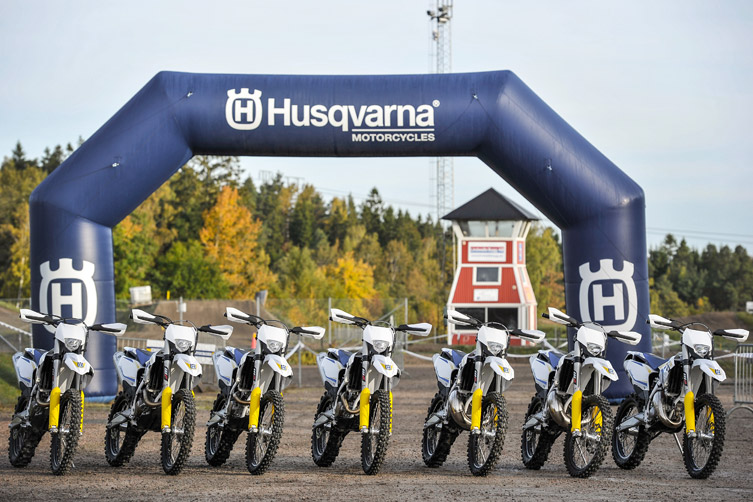
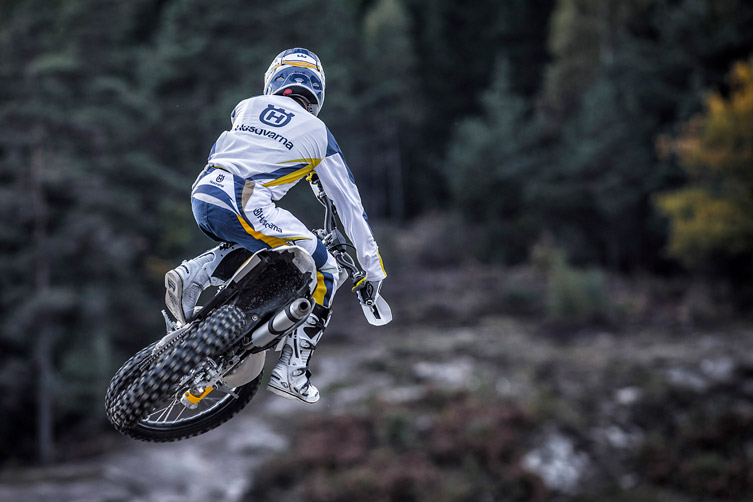







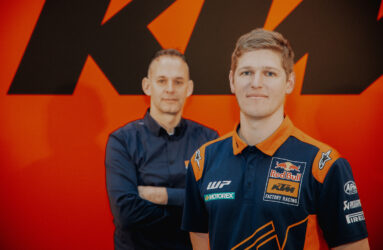
Be the first to comment...